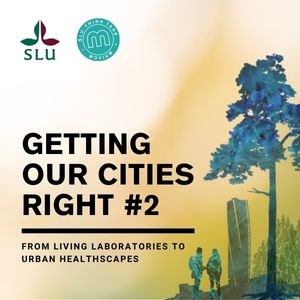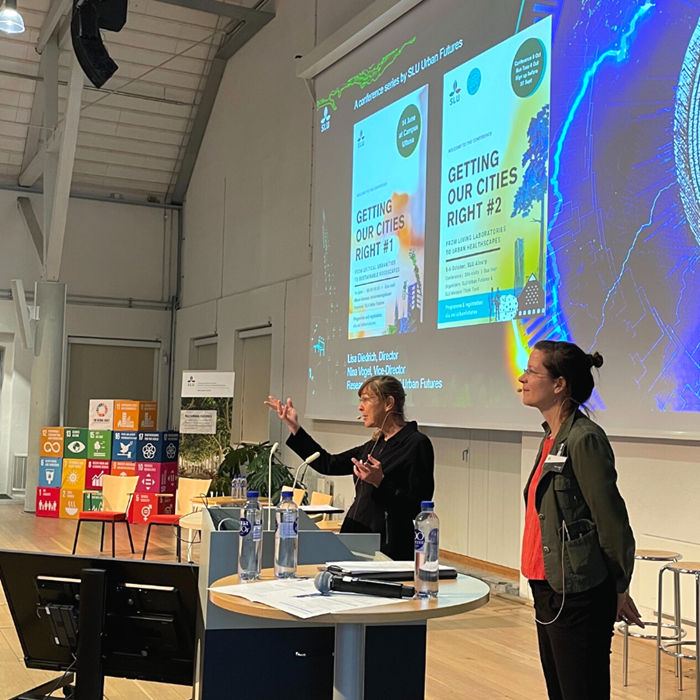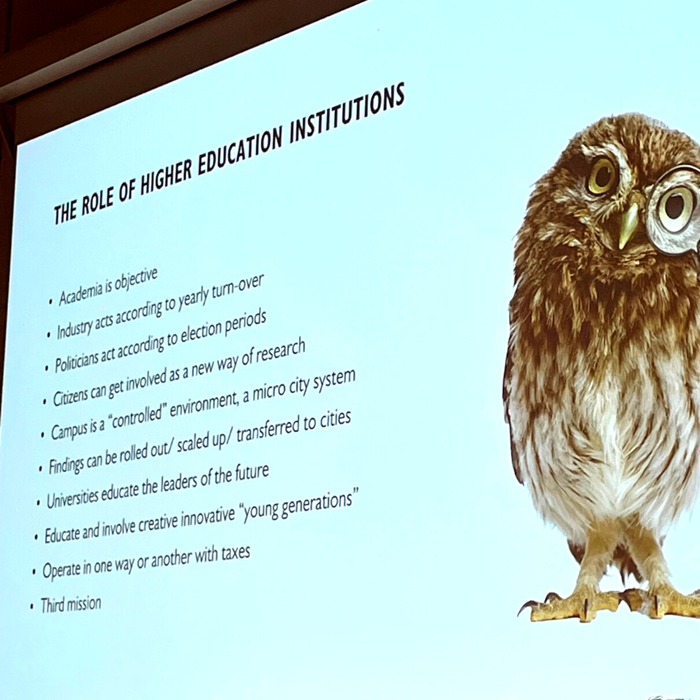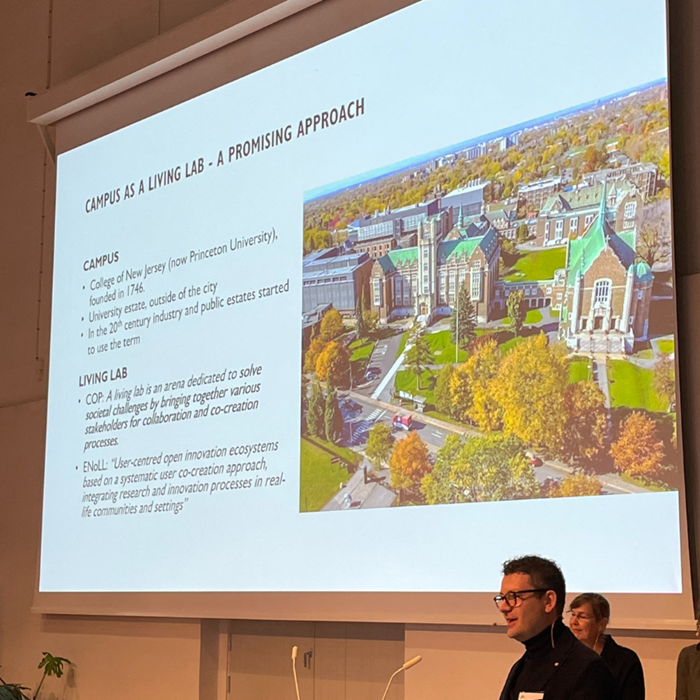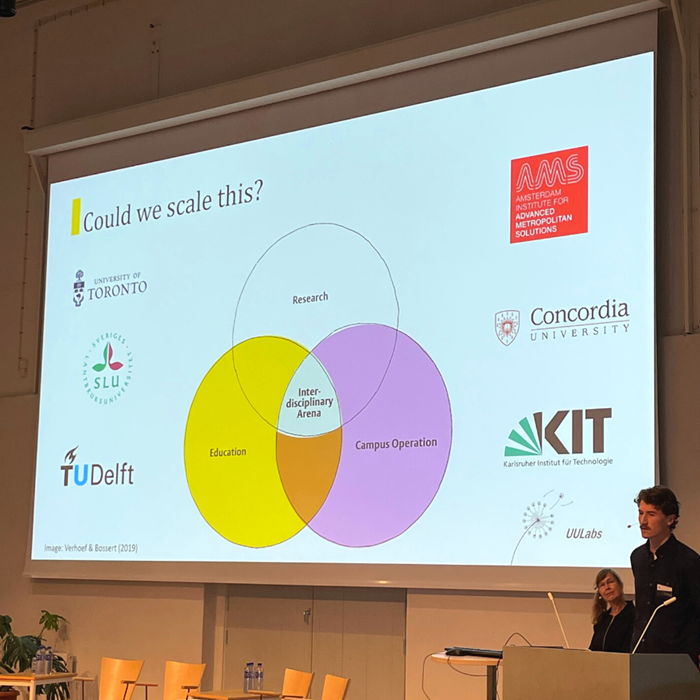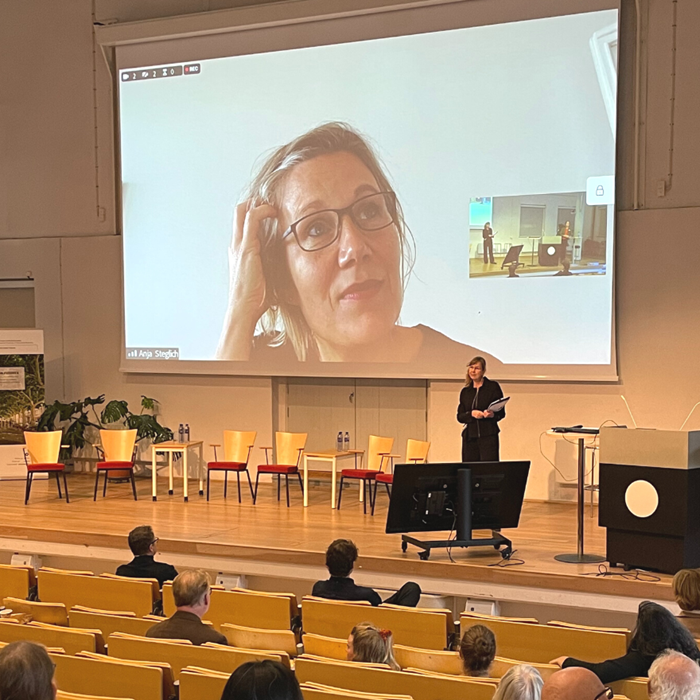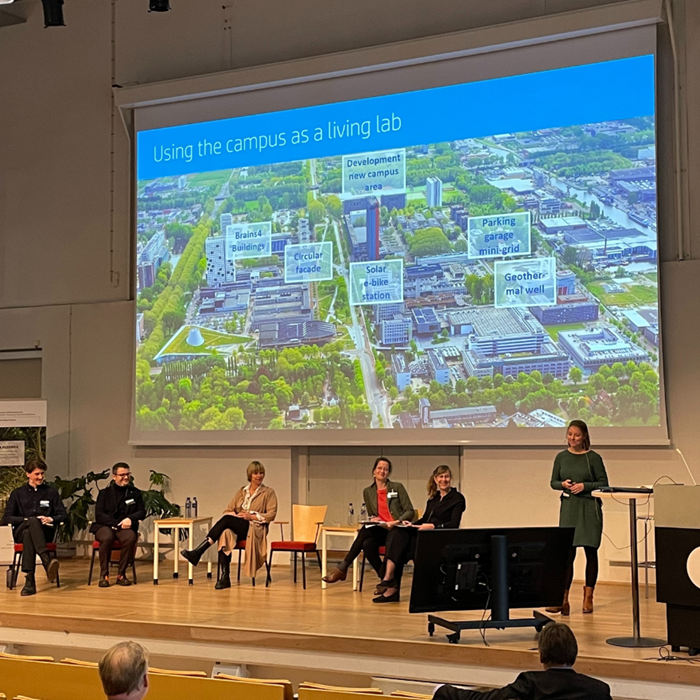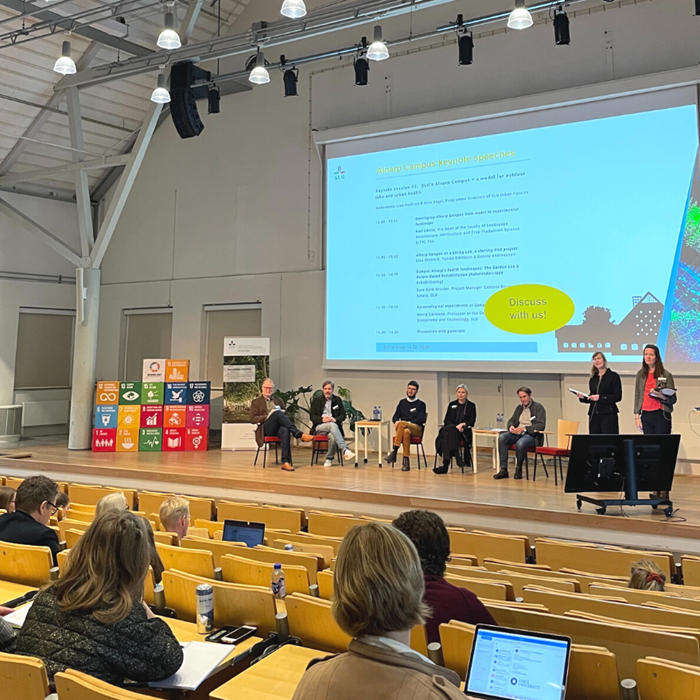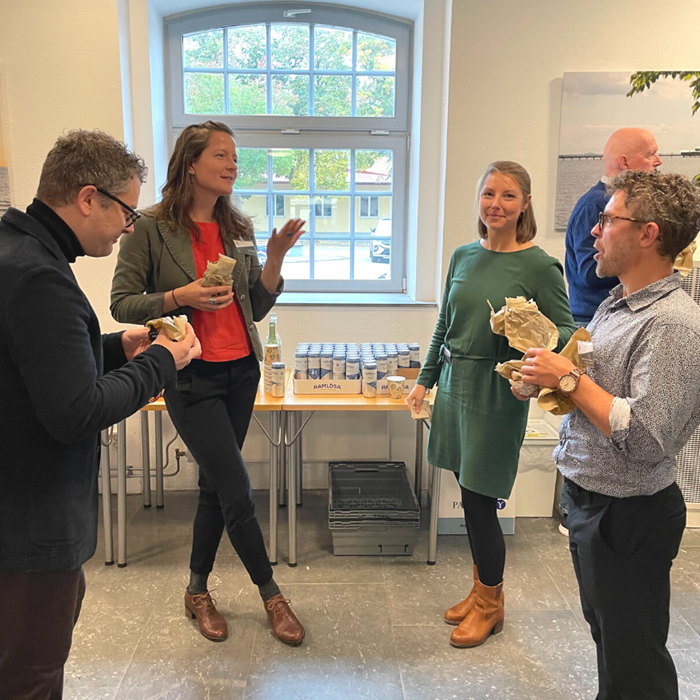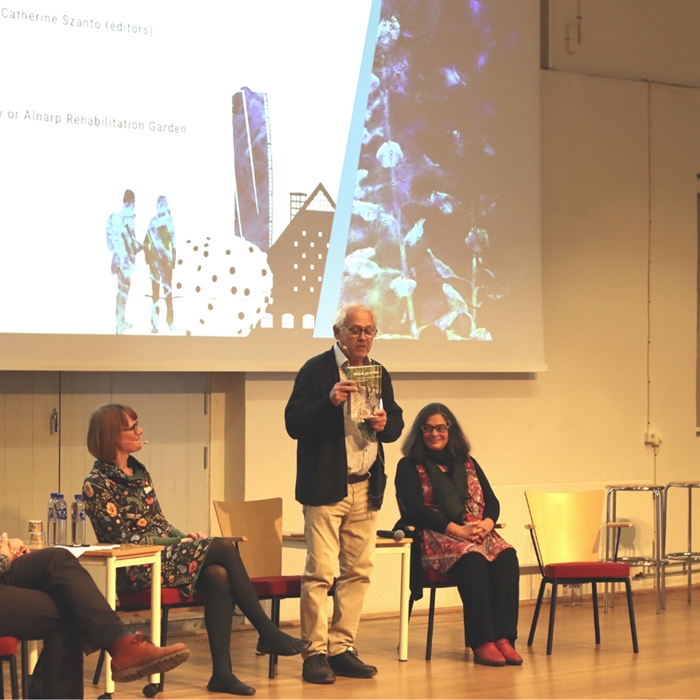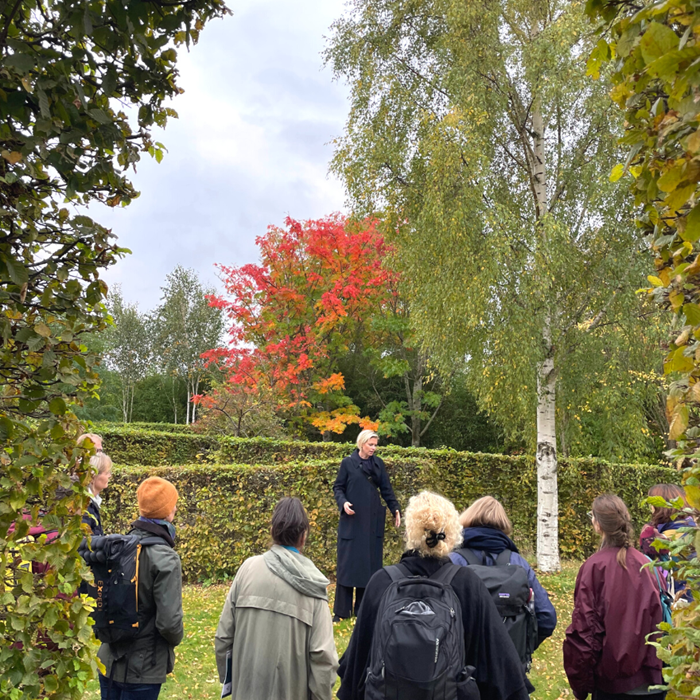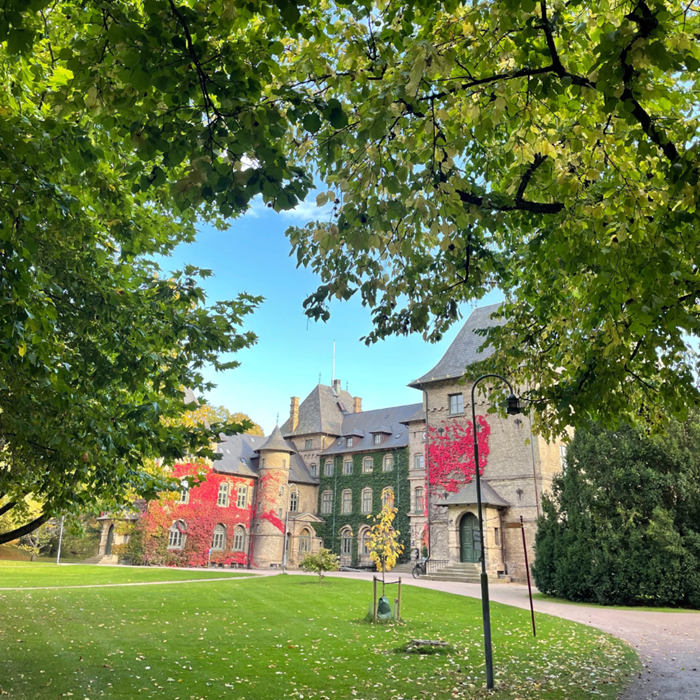Alnarp’s Landscape Laboratory is a great example of what creative minds with long-term visions can manage to accomplish if given the opportunity and resources to work and think “outside of the box”. Its success is also directly related to the hard and continuous work of a handful of enthusiasts who have been motivated and engaged over the past 30 years. What would’ve happened with a similar project if Professor Roland Gustavsson would have given up or shifted his focus elsewhere within the first five years? And what would the Landscape Laboratory look like today without the ongoing management, maintenance, care and creativity? Alnarp’s campus has examples of abandoned experiments. The so-called China Fields which originated as a project in the early 2000’s was a site where the hardiness of plant species from China were to be tested in Swedish conditions. However, the project has since has been abandoned and the area is still fenced off and has at times been used as a testing ground for maintenance courses for students.
“Too important for indoors!”
Björn Wiström
A hands-on approach and relative proximity to a project site, as is the case with the Landscape Laboratory which is only a short walk away from the indoor research facilities on campus, of course helps to enable long-term thinking, because it ensures a strong link between theory and practice. When important decisions have to be made, observations visualizations or documents offers one perspective, compared to actually visiting and engaging (being; seeing, touching, smelling) with the site in person. Both methods have their benefits and limitations but it’s safe to say that the Landscape Laboratory would not be what it is today without the possibility of the latter.
Out of the Living Lab projects discussed at the conference, the Landscape Laboratory and Alnarp Rehabilitation Garden both offer a lot of food for thought. The knowledge from both examples can be said to have been “implemented in society”, although in slightly different ways because of the replicability of the research and knowledge that they offer. Questions can be raised about how much of the knowledge is situated in situ in the site; how relevant are these physical manifestations for the research? What happens to our idea of a Living Lab as something that should, or even has to, continue to stay “alive”? In this sense, if there is one thing (and there is of course much more than just one thing!) that the Landscape Laboratory has proved to the world, it is that sometimes you have to be the one who creates your own references - your own good examples! Examples that still has only just begun to be identified, extracted and transferred by landscape architects and urbanists alike. The woodland character, or rich diversity of characters rather, of Alnarp’s Landscape Laboratory does not stand in opposition to parks and other types of urban green infrastructure. Nor is it incompatible with forests aimed at timber production. Instead its’ structure simultaneously offers not a place for recreation but also values in terms of research, production, biodiversity and aesthetics. In addition to this it promotes the idea that design, rather than being seen as something definite and decided beforehand, is an ongoing dialogue between humans and the surrounding environment where the existence of surprises and the evolution of living materials is something that adds qualities in themselves. The knowledge gained can be translated into the establishment of urban forests that can act as core components of sustainable development in the context of climate challenge, offering nature-based solutions, green infrastructure, ecosystem services, biodiversity, climate adaption and liveability in an urban setting.
During the site visit to the Landscape Laboratory on the 6th a discussion arose about the management of (green) public space, with more or less similar characteristics to that of Alnarp Västerskog, and how knowledge about creative management can be shared. Everyone who took part in the tour acknowledged the possible benefits of using a similar approach but some of the practitioners raised doubts concerning the ability to translate this knowledge to a municipal setting. Maybe a Living Lab in a less “laboratory” environment could open up for a more inclusive process where similarities are easier to identify for the people in charge, with the actual power to make the transition from an academic to a social civil environment. And experiences from that transition could in turn be translated into new iterations, more or less similar depending on what new questions needs to be answered.
